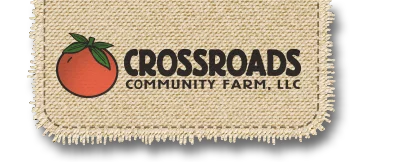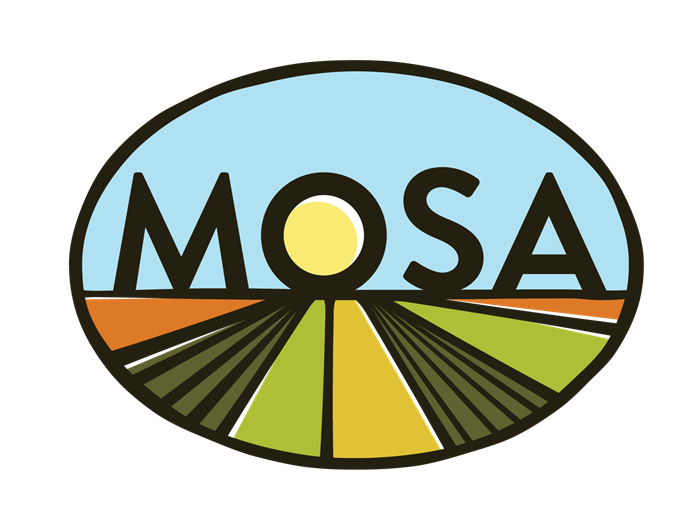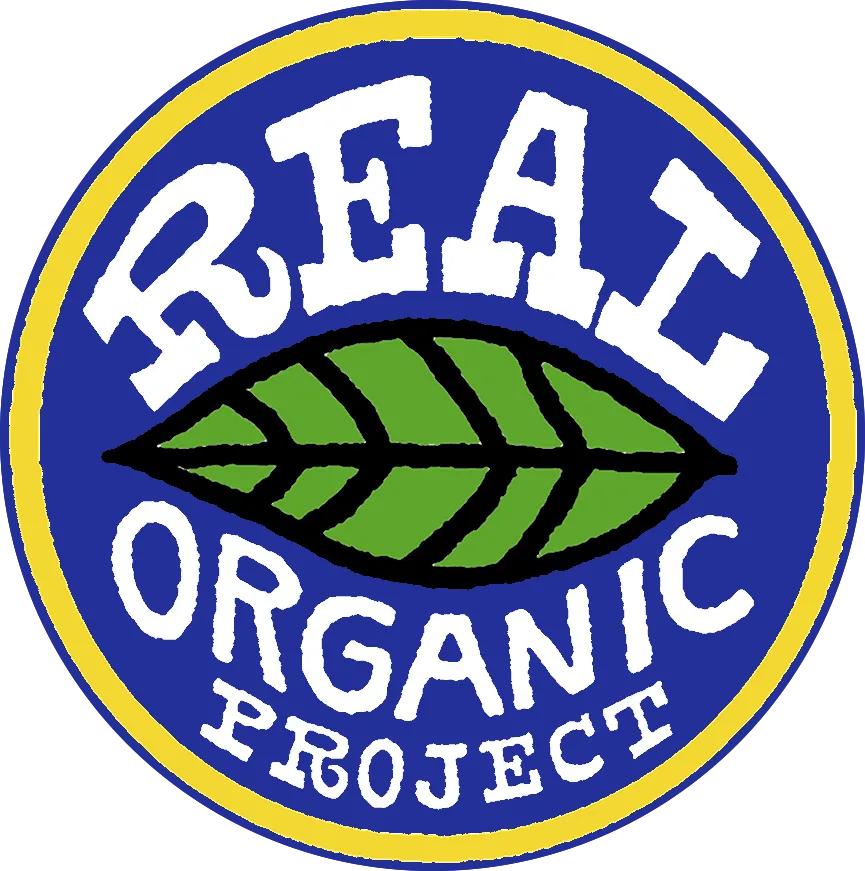Mechanized Carrot Harvesting: CSA Summer ’13 ” Week #20 – FINAL
When we first started farming, we harvested carrots with a digging fork. Root by root we dug them up by hand. Typically we would bunch them with their tops on in the field, and then spray the bunches clean in our shed with a hose.
In 2009 we purchased an under-cutter. This implement is pulled behind a tractor. It is a large steel blade that goes under the ground and essentially cuts and loosens the soil under the root vegetables, making it easy to pull the roots out of the ground by hand. (We also use this implement to lift up the plastic mulch we use for our heat-loving crops). Once we moved to this system, we were able to harvest much faster by hand. We stopped bunching the carrots at this point, and began ‘topping’ them, meaning ripping off their greens and leaving them in the field. At first we washed these carrots with a power washer in the shed. Then later in 2009 we purchased a barrel washer (pictured aside). This nifty piece of equipment uses water, rotation, and the friction of roots against themselves to knock off dirt.
With the undercutter, we could now harvest about 100# by hand per labor hour.
This year we invested in a ‘new’ piece of equipment – a carrot harvester from the 1960s. This machine is pretty amazing. It allows us to harvest about 450# of carrots per labor hour! Instead of the bed of carrots full of many folks topping carrots into crates, now a team of 3 of us can accomplish this task handily.
I’m going to do my best to describe how this machine works. I’ve posted a video of it in action on our You Tube page, so you can see what I’m talking about!
The mechanized harvester is an implement pulled behind the tractor. It is powered by the ‘PTO’, or Power Take Off. A PTO transfers the power from the tractor’s engine to a piece of equipment being pulled by it. The carrot harvester has two metal guides and a blade that runs under the ground. Just by moving the tractor forward, the blade under-cuts whatever lies within the guides. Using hydraulics, an operator has the ability to steer these guides. Once the blade pushes the carrot up and out of the ground, a series of belts, powered by the PTO shaft, grab onto to the carrot tops. These belts move upwards and eventually yank off the tops. The tops get spit back out into the field. Meanwhile the topless carrots land on a belt, also powered by hydraulics, that moves them to the back of the machine and spits them out where we catch them into harvest crates.
So here’s what the team of 3 does:
Cassie drives the tractor. (Which I’m actually quite tickled to do, because Zea is convinced that only Daddy is skilled enough to drive a tractor!). I am in charge of steering the whole implement. I also turn on the hydraulics and the PTO – a low-skill job that requires great diligence, as these can easily cause bodily injury to the other 2 members of the harvesting team.
Mike operates the steel guides. Standing on a platform on the machine’s side, Mike operates the hydraulics to aim the steel guides and blade to harvest the roots.
Steven ‘catches’ the carrots. The carrots are spit out the back of the harvester and land in harvest crates. Steven is constantly trading a full crate (~ 40 #) for an empty one.
This is the new paradigm of carrot harvesting at our farm. Completely mechanized. The only real manual work that remains is to lift and move and the harvested carrots into storage – which sometimes can take longer than actually harvesting them! While there has been quite a bit of trial and error as we work together to figure out the optimal operation of this harvester, we couldn’t be happier to be able to pull out these roots with such efficiency – it makes it possible for us to grow more and give you more!
To see this machine in action, check out: Mechanized Carrot Harvesting Video.
Many thanks to all of you for a wonderful season. We feel so grateful to have shared it with you. Enjoy this last box of the summer season!
With gratitude,
the Noltnerwyss family and Crossroads crew
In the Box:
- Butternut Squash
- Carrots
- Celeriac
- Green Kale
- Head Lettuce
- Onion, Yellow
EOs only:
- Beauty Heart Radish
- Garlic
- Leek
- Parsnip
- Red Onion
- Sweet Potatoes
REGs only:
- Green Cabbage
- Red Potatoes
- Rutabaga
Summer Week #20: Wednesday, October 23rd” Group B EOs (FINAL box for all REG & Group B EOs)







